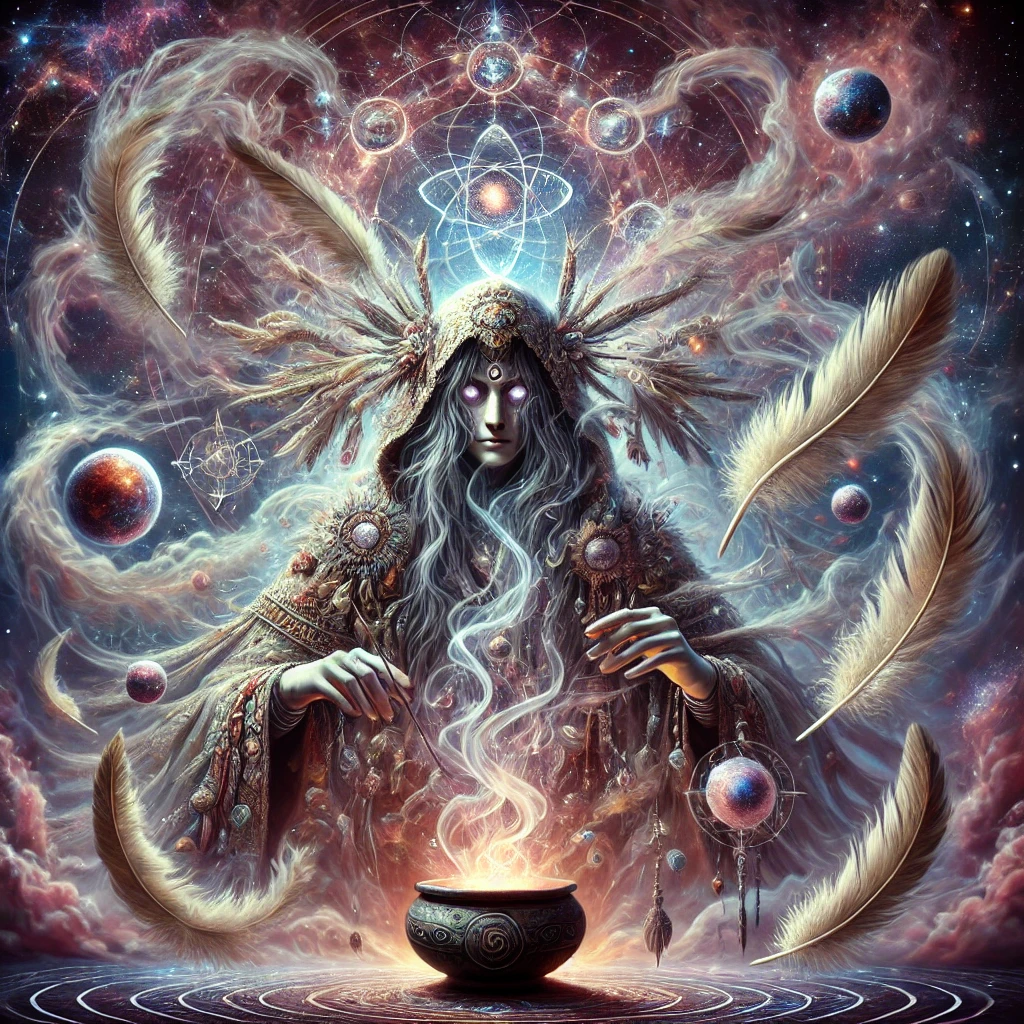Dreams, Plants, and Spirit: Shamanic Tradition.
For millennia, shamans worldwide have served as mediators between the seen and unseen realms, utilizing dreams as primary vehicles for spiritual journeying and healing. In shamanic traditions, dreams aren’t merely mental events but sacred portals where one can “communicate with ancestors, obtain guidance” and “negotiate spiritual energies”1. What distinguishes shamanic dreamwork is its approach to dreams as “deeply symbolic and personal,” viewing dream elements as messages requiring careful interpretation4.
Historically, shamans incorporated specific plants to enhance these dream journeys. Calea zacatechichi, known as “Mexican Dream Herb,” has been used by indigenous Mexican cultures for divination and inducing lucid dreams3. Mugwort (Artemisia vulgaris) has served European herbalists for thousands of years, promoting “powerful, visionary dreams” through its thujone-containing oils3. Other allies include Silene Capensis (African Dream Herb) used by Xhosa shamans for “communicating with ancestral spirits,” Blue Lotus for “spiritual insight,” and various herbs like lavender and rosemary that support dream recall and emotional balance45.
In the shamanic worldview, dreams serve profound healing purposes. They can “diagnose spiritual imbalances or highlight emotional wounds” through symbolic imagery1. Shamans interpret these symbols to “prescribe rituals or herbs” and facilitate “emotional release,” allowing dreamers to process trauma symbolically1. This reflects a fundamental shamanic understanding that “dreams are portals to the ethereal, where messages that are often missed on the physical plane can be sent to our consciousness”5.
Today, these ancient practices are experiencing a renaissance as they adapt to contemporary needs. Modern practitioners blend traditional wisdom with current tools, “leveraging technology” to share shamanic dreamwork globally. Organizations like the Society for Shamanic Practice facilitate exchange among practitioners, while approaches like “therapeutic shamanism” integrate ancient healing techniques with modern psychology. As one practitioner notes, shamans have always taken “this really ancient body of knowledge and practices and then adapted it to make it useful to the particular times they’re living in”
The revival of shamanic dreamwork and herbal traditions represents more than nostalgia for ancient ways. It offers practical tools for addressing modern challenges—reconnecting us with nature, providing methods for psychological healing, and enhancing creativity and intuition9. By honoring these traditions while adapting them thoughtfully, we create bridges between ancestral wisdom and contemporary life, offering pathways to wholeness particularly valuable in our disconnected digital age.

